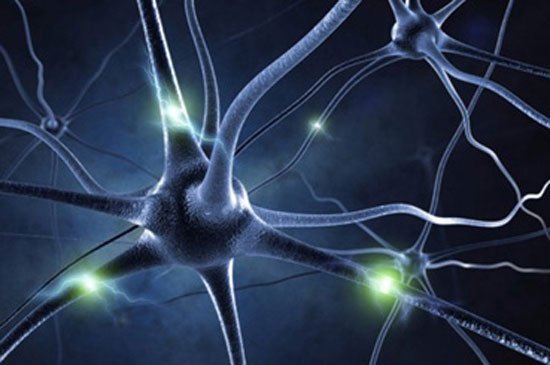
In early August last year, a team of researchers from the University of Berkeley, led by neuroscientist Jose Carmera and computer engineer Michel Maharbiz, published in the specialized journal Neyron the results of a study/invention/application that, somewhat predictably, was heralded as yet another step toward transcending the boundaries between biology and information technology.
The team built and operated a micro-robot measuring 0.8 × 1 × 3 millimeters, which was implanted in the body of a laboratory animal at various points of its nervous system. The “dust” micro-robot receives ultrasonic signals from a transmitter outside the body and, via the piezoelectric effect, converts them into current to operate. When the implanted robot “starts up,” it detects the nerve’s electrical signals through electrodes, which it then re-emits as ultrasonic waves—after converting them—to a receiver also located outside the body. In this way it functions as a contact detector of nerve activity.
The technical achievement of this team is that both the robot-dust’s power supply and its communication are achieved through ultrasound. This allowed its size to be drastically reduced and, consequently, enhanced the possibilities for implantation. Dongjin Seo, a member of the team, did not hide his delight:
… This allows us a multitude of applications regarding embedded telemetry: now we can implant something ultra-tiny very deep inside the body, parking it, for example, next to a nerve, an organ, a muscle or in the gastric system, and receive the data wirelessly…
The team intends to build several functional variations of the dust-robot, as bioelectric medicine is considered a growing field; the corresponding therapies are already called “electroceuticals.” Recently, for example, the well-known pharmaceutical company GlaxoSmithKline announced the creation, together with Google’s subsidiary Verily Life Sciences, of the company Galvani Bioelectronics, aiming to develop implants that will modulate nerve function in order to treat chronic diseases…
